The 56-qubit H2-1 computer has broken the previous record in the ‘quantum supremacy’ benchmark first set by Google in 2019.
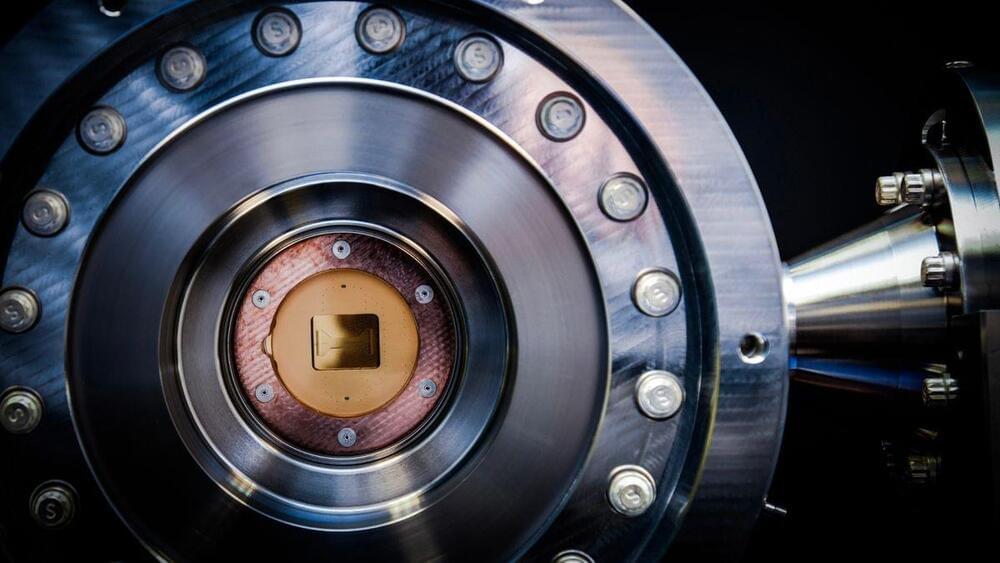


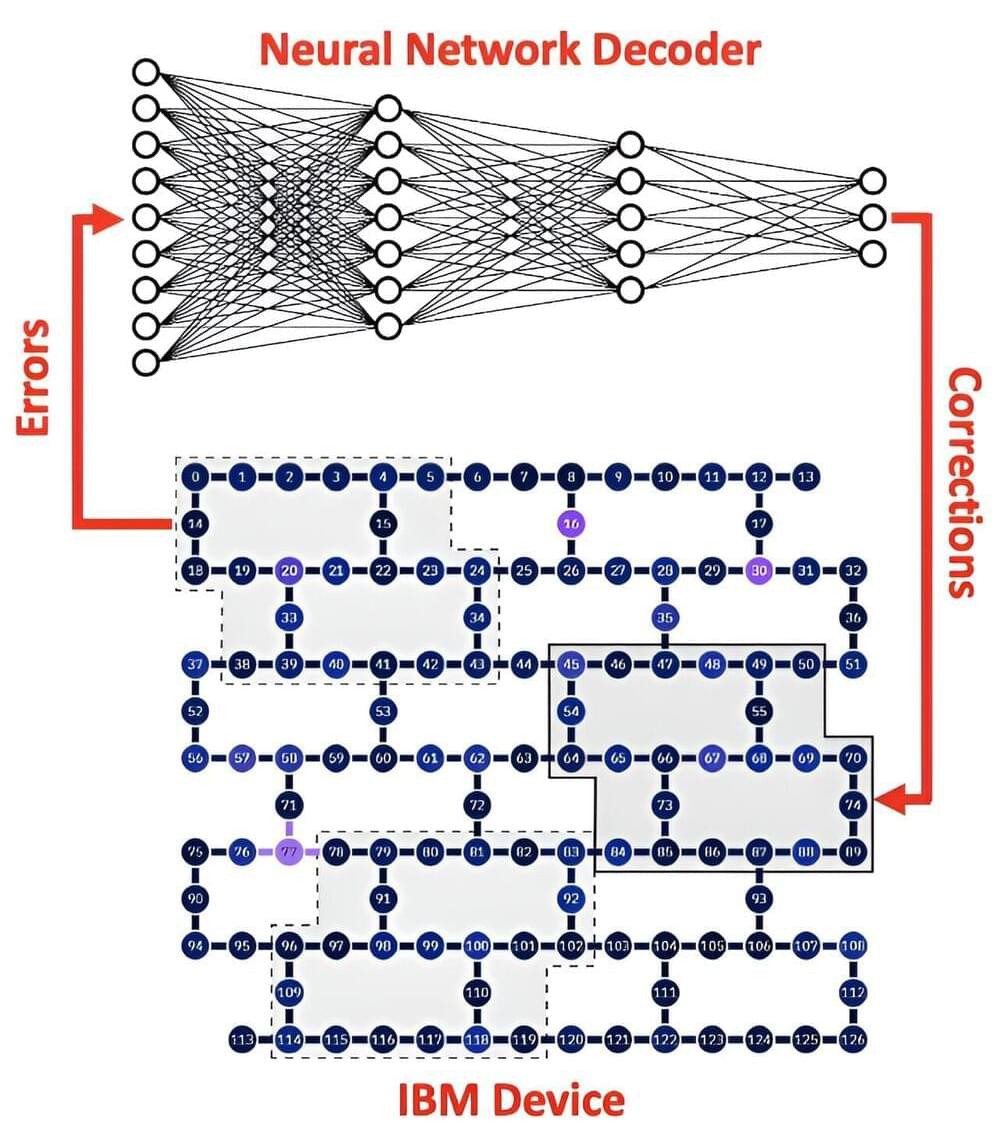
CSIRO research, published as a letter in Physical Review Research journal, found for the first time that AI could help process and resolve quantum errors known as qubit noise, which are generated by the nature of quantum physics.
Overcoming these errors is widely considered the largest barrier to advanced quantum computers moving from experiment to tool.
In conventional computers, information is stored and processed in “bits,” which work on the principles of binary numbers. Each bit can represent either 0 or 1. But quantum computing devices are made up of quantum bits, or “qubits.”
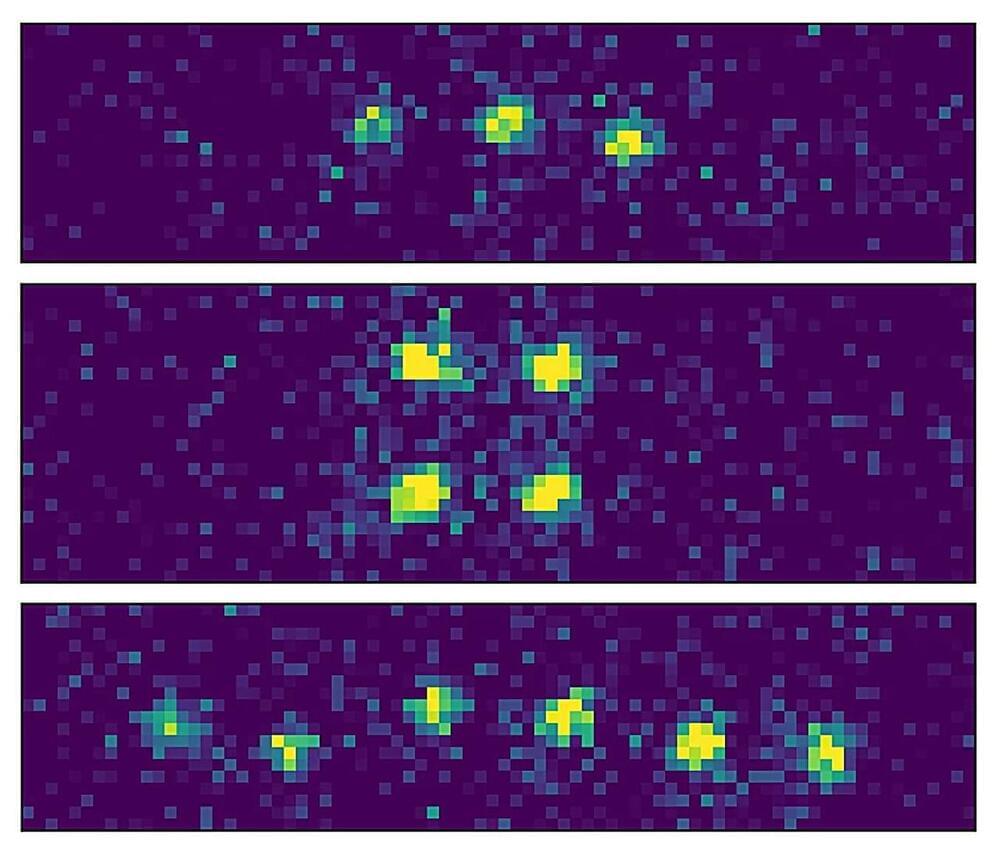
Entanglement, Einstein’s “spooky action at a distance,” today is THE tool of quantum information science. It is the essential resource for quantum computers and used to transmit quantum information in a future quantum network. But it is highly sensitive. It is therefore an enormous challenge to entangle resting quantum bits (qubits) with flying qubits in the form of photons “at the push of a button.”
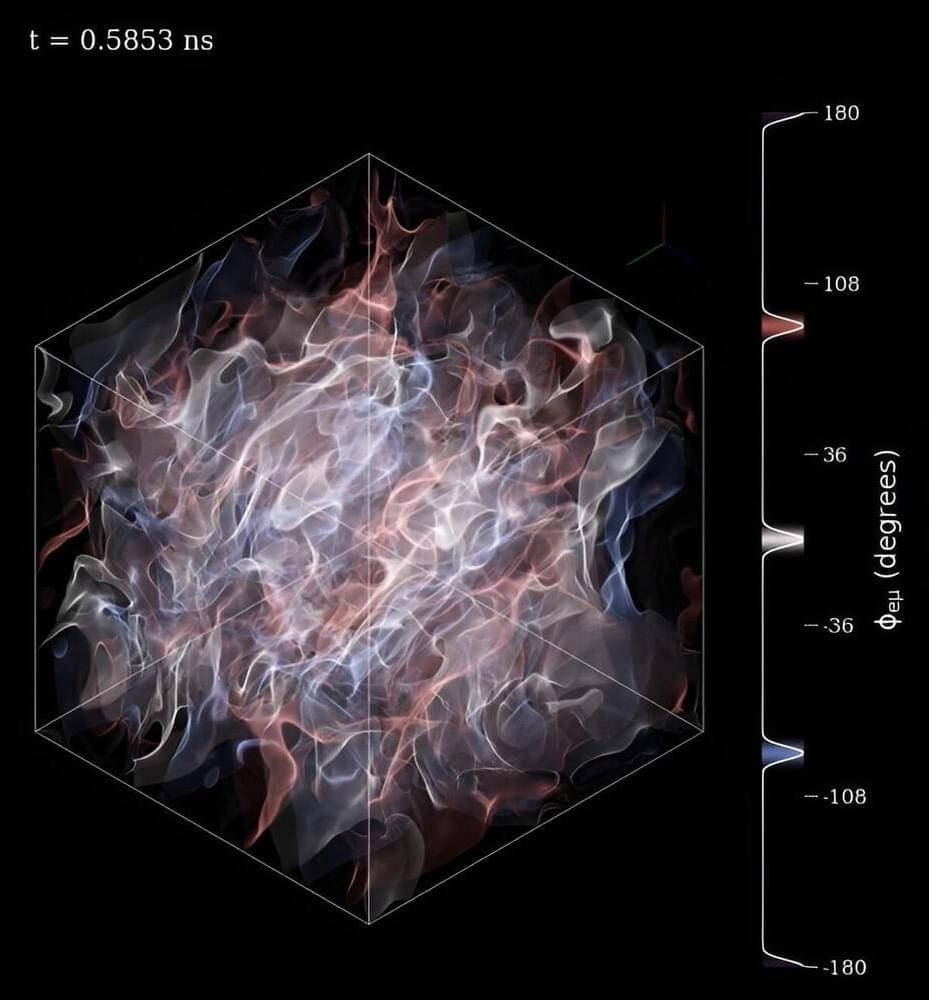
Neutrinos have a quantum mechanical property called “flavor.” This flavor can transform as neutrinos move through space. A major challenge is to keep track of both the physical movement of the neutrinos and their change of flavor in astrophysical systems such as core-collapse supernovae and neutron star mergers. The complicated arrangement and large number of neutrinos in these systems make it nearly impossible to follow all or even a subset of the neutrinos.

A Chinese research team has achieved a significant milestone in quantum computing by successfully building a device that can simulate the movement of electrons within a solid-state material.
This research, published in the journal Nature, showcases the potential of quantum computers to surpass even the most powerful supercomputers.
Understanding electron behavior is crucial for scientific advancements, particularly in the fields of magnetism and high-temperature superconducting materials. These materials could revolutionize electricity transmission and transportation, leading to significant energy savings and technological progress.
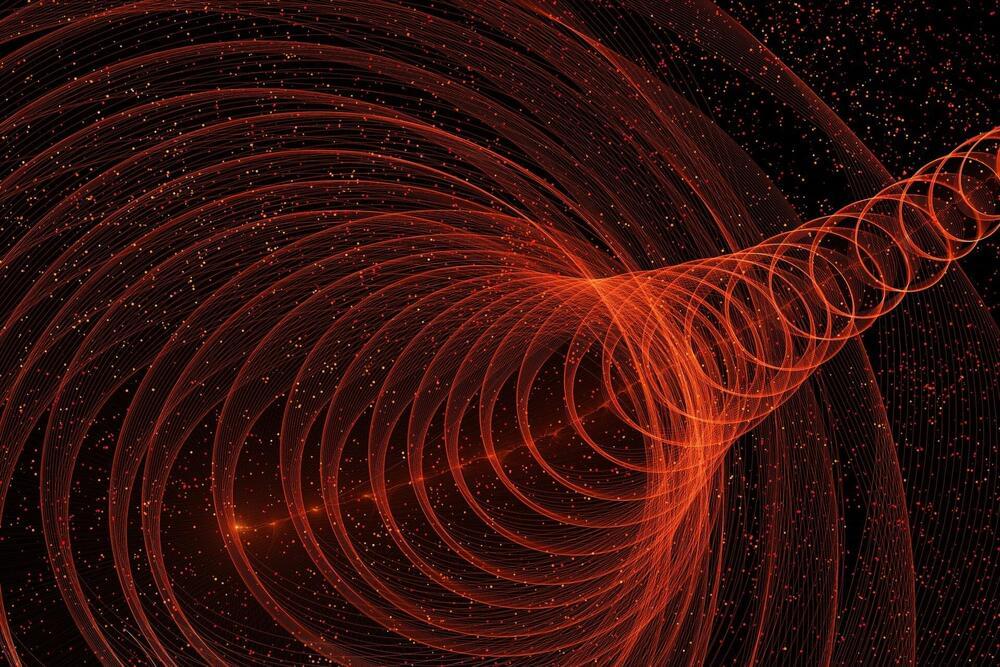
However, a paper just published in Physical Review D by physicists from the University of Warsaw and the University of Oxford has shown that many of these prejudices were unfounded. Tachyons are not only not ruled out by the theory, but allow us to understand its causal structure better.
Motion at speeds beyond the speed of light is one of the most controversial issues in physics. Hypothetical particles that could move at superluminal speeds, called tachyons (from the Greek tachýs—fast, quick), are the “enfant terrible” of modern physics. Until recently, they were widely regarded as creations that do not fit into the special theory of relativity.
At least three reasons for the non-existence of tachyons within quantum theory were known so far. The first: the ground state of the tachyon field was supposed to be unstable, which would mean that such superluminal particles would form “avalanches.” The second: a change in the inertial observer was supposed to lead to a change in the number of particles observed in his reference system, yet the existence of, say, seven particles cannot depend on who is looking at them. The third reason: the energy of the superluminal particles could take on negative values.
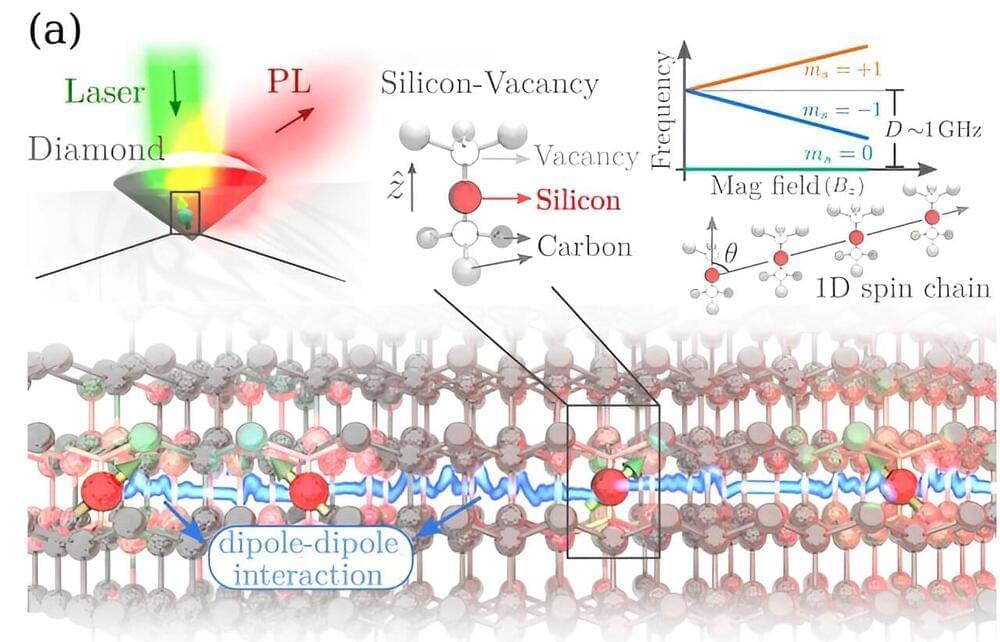
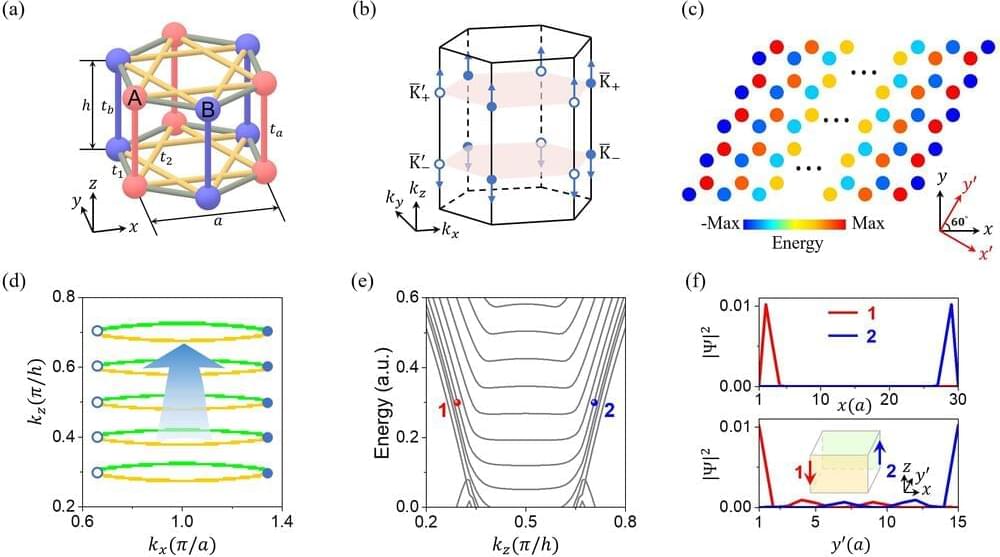
The quantum Hall effect (QHE) is one of the most notable discoveries in condensed matter physics, opening the door to topological physics. Extending QHE into three dimensions is an inspiring but challenging endeavor. This difficulty arises because the Landau levels in three dimensions extend into bands along the direction of the magnetic field, preventing the opening of bulk gaps.
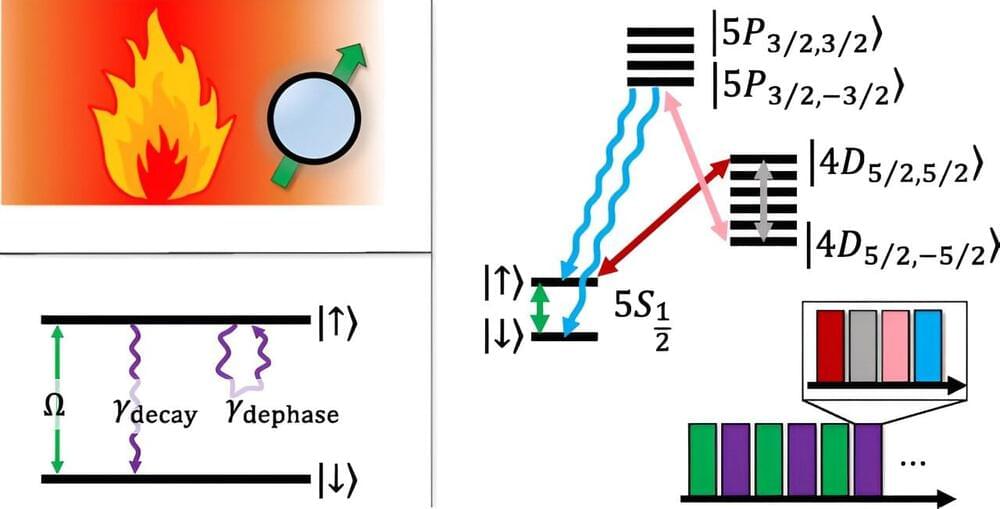
A team of physicists at the Weizmann Institute of Science in Israel has successfully demonstrated the inverse Mpemba effect at the quantum level using single trapped ions. In their study, published in the journal Physical Review Letters, the group demonstrated the effect by trapping a strontium-88 ion coupled to an external thermal bath.